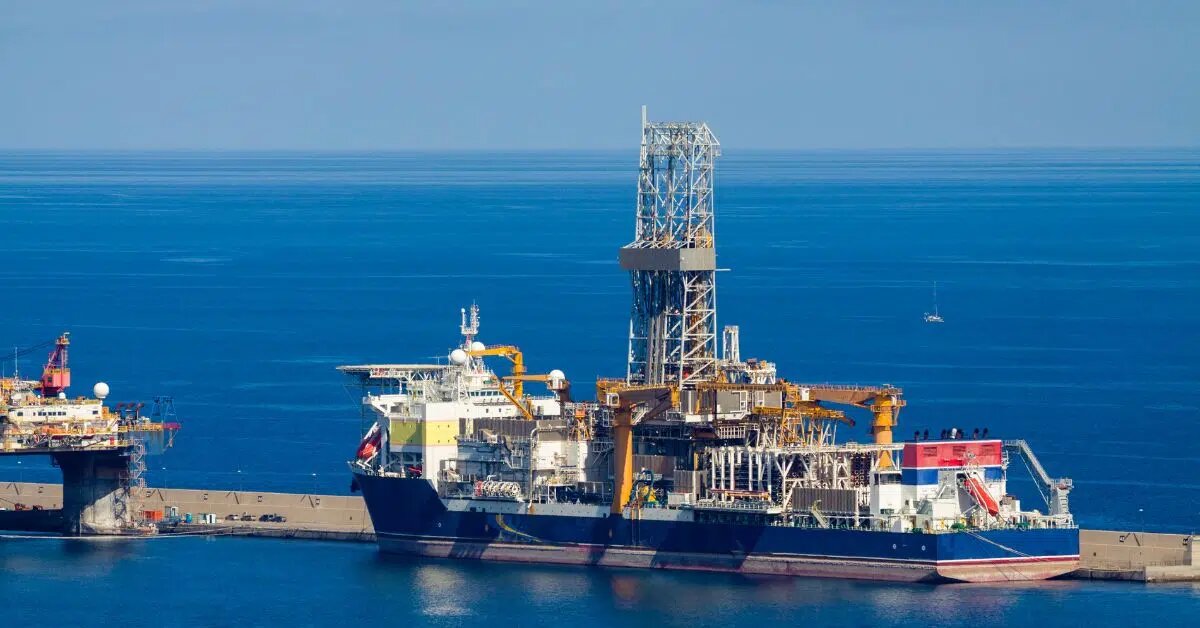A recent publication by Pacific Surroundings underscores the pressing need to tackle black carbon emissions linked to the rising shipping activity in arctic regions. Maritime operations in these icy waters have skyrocketed, with the distance traveled by vessels jumping an astonishing 108% from 6.51 million to 12.7 million nautical miles between 2013 and 2024. Additionally, there has been a notable increase of 37% in the number of ships entering Arctic waters, climbing from 1,298 to 1,781.
This report arrives just ahead of an notable meeting scheduled for February at the International Maritime Association (IMO), where discussions will focus on adopting cleaner fuel alternatives for arctic navigation. Kay Brown,who serves as the Arctic policy director at Pacific Environment,expressed frustration over what she sees as a lack of action: “After years of discussion,it’s baffling that the IMO hasn’t mandated a switch to cleaner fuels for ships operating in these sensitive areas.”
The urgency is heightened as melting sea ice creates new shipping routes and prolongs navigation seasons. Currently, many vessels rely on residual fuels that emit significant amounts of black carbon when burned—these emissions are known to warm the atmosphere up to 1,500 times more than CO2 and contribute significantly to ice melt.
In February 2026, during its Pollution Prevention and Response subcommittee meeting (PPR13), the IMO will purposeful on making it mandatory for ships operating in Arctic waters to transition from residual fuels to cleaner “polar fuels.”
Beyond environmental concerns, black carbon also poses serious health threats for communities living in these regions. It is linked with various health issues such as heart disease and respiratory problems—issues that disproportionately affect Indigenous populations who depend heavily on customary hunting and fishing practices.
As we look toward solutions like adopting alternative energy sources or enhancing regulations around fuel use in maritime transport within vulnerable ecosystems like the Arctic Circle, it’s clear that immediate action is essential not only for environmental preservation but also for safeguarding human health within these communities.





